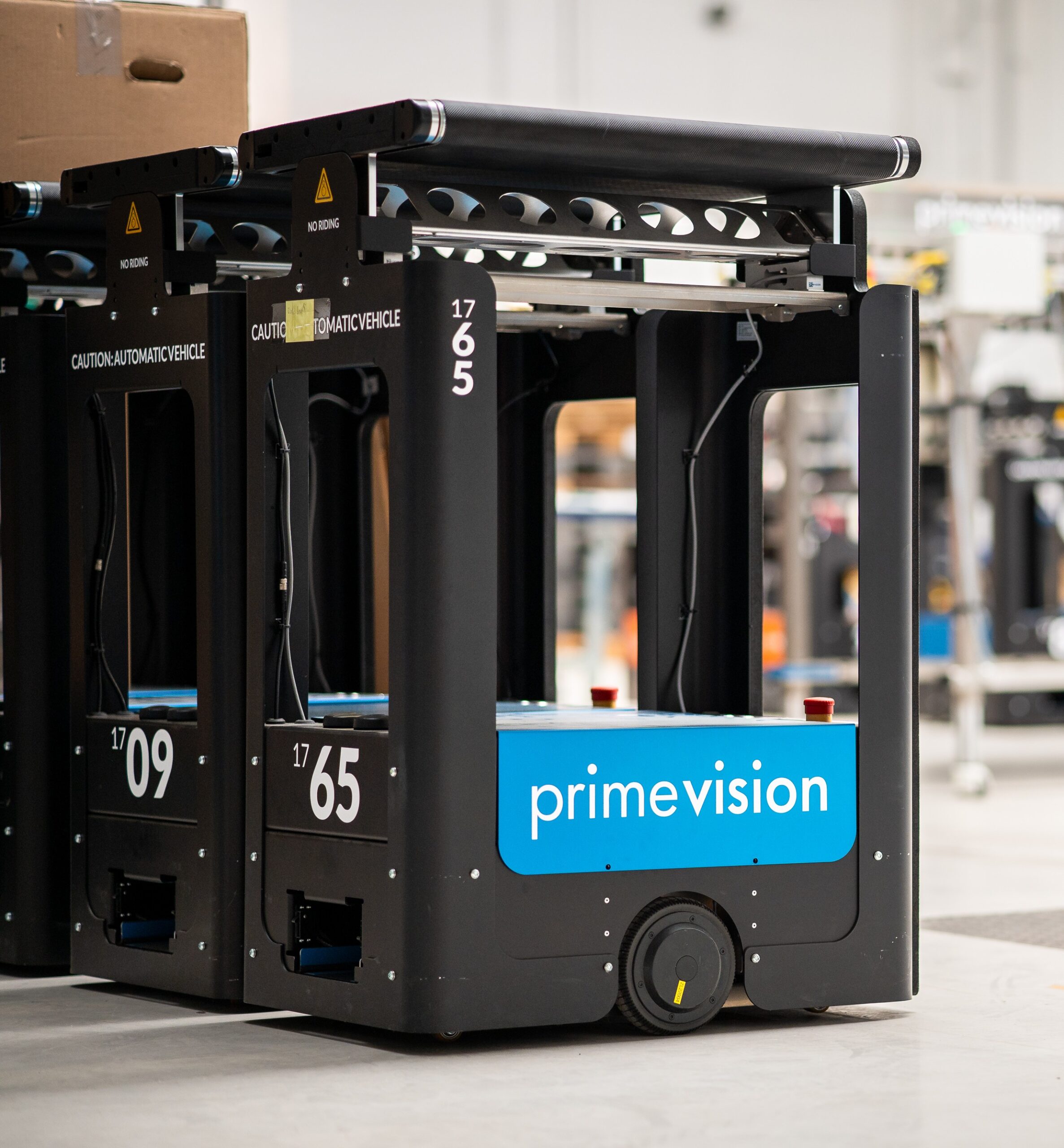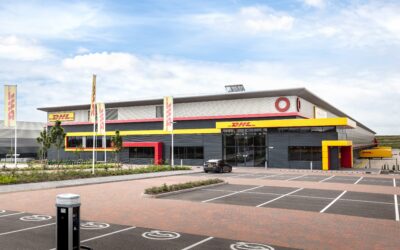Nobody can see into the future, and that’s a problem for sorting operations in the e-commerce and parcel logistics sectors. Rapid growth, fluctuating demand, global economic factors and a shrunken labor market have forced businesses to carefully consider any investment in equipment. Taking a misstep risks reducing efficiency, throughput, service levels and profitability – and a wrong move is made even more likely by an unpredictable market.

Fluctuating demand and growth
The e-commerce and parcel logistics sectors have had to deal with fluctuating demand and growth over the past decade. E-commerce has seen exponential expansion, requiring operators to quickly implement large-scale sorting infrastructure. Meanwhile postal has seen a drop in mail volumes, yet an increase in parcel deliveries, forcing operators to efficiently adapt. What all have in common is that meeting or beating customer expectations regarding delivery is paramount for success.
However, with exceptional events, an ongoing labor shortage and seasonal demand spikes – optimizing sorting infrastructure is difficult. Scaling down must always be balanced with retaining the ability to meet peak demand. Failure to do so not only risks being unable to capitalize on the most profitable times, but also service levels and customer satisfaction. On the other hand, overreaching when scaling up can result in a higher operating expenditure (OPEX) draining the budget when demand falls.
Static is not always the solution
Until recently, any investment in equipment primarily focused on static conveyors. Conveyors are the go-to for moving incredibly high volumes of parcels across warehouses, but they require substantial capital expenditure (CAPEX) and lots of space. With real estate at a premium, it’s becoming difficult to justify building new facilities to accommodate large conveyor systems.
In an uncertain market, the inflexibility of conveyors presents risks to profitability. A conveyor system can only be optimised once (unless costly modifications are made) so businesses need to think years into the future ahead of implementation. Install a system that’s too large and OPEX can be exorbitant during periods of low demand. Select equipment that doesn’t offer scope for future growth or complexity, and operators may not meet future demand.
Investing in static conveyors often presents too many risks. To ensure the flexibility to meet fluctuating demand, businesses need a solution that can adapt to specific market conditions.

Robots have flexibility built in
Robots are revolutionising logistics. Highly flexible in both small- or large-scale sorting operations, they are unlocking greater efficiency, accuracy and speed. Consequently, robots are established in warehouse sorting operations, delivering parcels exactly where they need to be.
Today, robots harness light detection and ranging (LIDAR) navigation and overarching fleet management systems to safely and reliably move thousands of parcels per hour. To illustrate this, Prime Vision operates over 1000 robots across 53 sites in the US, along with more in Europe. Its robots stand 1 m high, offering an 80 x 60 cm loading surface with the capacity to carry small or large packages weighing over 30 kg. An entire fleet of these robots can move up to 3000 to 4000 parcels per hour. Using parcel data from the wider warehouse management system, these units transport any item to any predefined destination within a mapped area.
Robots need nowhere near as much space as conveyors. They seamlessly interface with existing fixed infrastructure like automatic storage and retrieval systems (ASRS), sortation machines and conveyors. Robots are also excellent at accommodating fluctuating demand. Unlike conveyors, where there are few opportunities to tailor the system, a fleet of robots can expand or contract depending on requirement. Another crucial advantage is that robots are transportable. This means they can be quickly deployed in ‘pop-up’ temporary sorting facilities, giving businesses a low-risk, cost-effective option to cover peak demand.

Adapting to unpredictability
With the unpredictability of the market, e-commerce, post and parcel companies have an almost impossible task to optimise sorting operations for an uncertain future. At least, that used to be the case when static equipment was the only option in terms of infrastructure.
Robots offer a solution by facilitating increased operational flexibility. Users can adapt to market conditions prevalent today, effortlessly expanding and contracting fleets to efficiently meet demand. More than that, robots easily accommodate complex processes and provide a better alternative to manual labour. Whether an operator adds or takes away sorting destinations, experiences high or low demand, or has trouble finding staff – robots are equally applicable and beneficial.
Planning for an uncertain future in logistics? See how robots can sort out your future profitability in Prime Vision’s dedicated whitepaper available via the link below.




